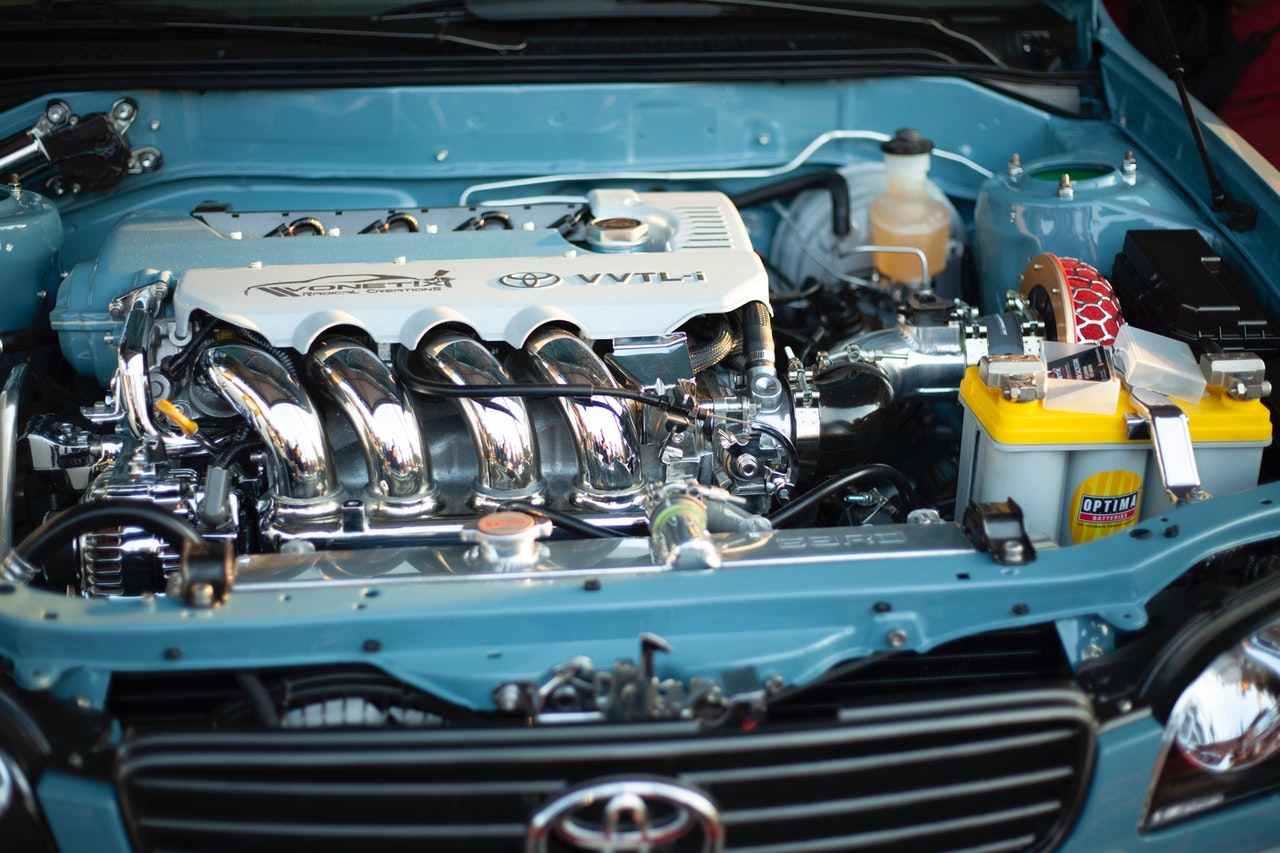Why The Placement Of An Engine Matters
The standard way of building a car is to place the engine at the car's front end. But, when engineers [...]
T he standard way of building a car is to place the engine at the car's front end. But, when engineers learn the complexity, they employ it to yield more efficient cars. So, if you’re wondering why the placement of an engine matters, it's because it determines how the car functions.
A lot of engineering and physics is involved in designing cars and figuring out where each component goes. But, don’t worry, and you don’t have to know it all. Instead, you can just read how the car functions differently when the engine is placed at the front, rear, or middle to determine what works the best for you!
Engine Placement In Rear End
Acceleration Rendition
When the engine is placed on top of the wheels on the rear end, it acquires perfect acceleration traction. The weight is distributed throughout the car leading to good traction, and it becomes even better if the car accelerates because more load is conveyed to the tires at the rear leading to a better grip threshold. So, you can accelerate to a much higher level without worrying about breaking the tires.
Braking Execution
If you keep deceleration in mind, an engine mounted on the rear end delivers the best performance. When a brake is pulled to decelerate the car, the load is conveyed to the tires in the front. This allows for weight distribution between the front and the rear parts of the car, which is ideal for optimal braking.
Engine Placement In the Middle
Moment Of Inertia
Moment of inertia when it comes to the mobility of the car. For optimal results, the car should have less resistance to rotation. When the engine is at the center of the car, the mass of the car is also centered around its axis. This design increases the agility of the car.
Distribution Of Weight
When the engine is placed in the middle of the car, the distribution of the weight is much easier. As a result, the engineers don’t have to spend much time optimizing the car with a rocky start point. Moreover, when all the tires are evenly loaded, the car's performance is automatically the best.
Braking Execution
A mid-engine car has a relatively better weight distribution when the car is decelerated. Since, as already talked about above, all four tires are evenly distributed, the braking performance is significantly better. Moreover, when the car is decelerated, heat is generated. Therefore, a mid-engine placement helps disperse the heat across all the tires, which ultimately reduces the fading of the brakes.
Engine Placement In the Front-End
Usability
The front part of the car’s cabin is relatively more significant than the rear part in the front-engined cars. In most of these cars, this feature leaves a lot of space to allow work on the engine. This means you don’t always have to take your car to get its service done. Moreover, there is additional usability when the car packaging is concentrated.
So, in the front-end engined cars, you can add a considerable engine, plus extra stuff such as gearbox, oil sumps steering rack, coolant tank, and other odds and ends. Of course, this means there is more cargo space in the middle and a place for a proper boot at the rear end for storage.
Packing
When the engine is placed at the front, there is more cabin space, giving the best experience to the passengers. It is only in the front-end engine placements that there is more cargo space. The crumple zone is smaller in the rear end because the chamber is moved forward. And, in the middle engined cars, the crumple area becomes the cargo.
Productivity and FWD Traction
Most cars are front-wheel drives. If the engine is placed at the car's front end, then the weight is placed directly on the wheels that drive. This is one way in which traction improved. In addition, it is a fool-proof way of reducing the power as the length between the engine and the front wheel is short, reducing the loss through rotational elements.
Steering Power And Safety
This may be a con for some and a pro for some, but the steering power is less in the front-engined cars. Of course, in almost any car, the steering power can be increased or decreased through tire tuning and suspension. However, in the front-engined cars, the default setting is to understeer, so these cars are the safest.
Once you figure out why the placement of an engine matters and how it helps the car function in different ways, you’ll be able to figure out what works for you and what doesn’t. So, before you make your next car purchase, know if you want a front, rear, or middle-engined car.
